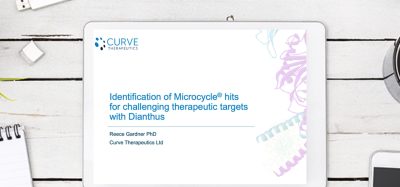Sanofi and AstraZeneca exchange 210,000 chemical compounds
Posted: 20 November 2015 | Victoria White
The compound exchange represents a novel, open innovation model of collaboration between the two companies.

Sanofi and AstraZeneca have announced that, to date, they have exchanged 210,000 compounds from their respective, proprietary compound libraries.
The compound exchange represents a novel, open innovation model of collaboration between the two companies. It will enhance the chemical diversity of the compound collections of both companies and allow each company to screen a broader, more diverse chemical space as the starting point in the search for new, small-molecule medicines.
Sanofi and AstraZeneca have selected the compounds to exchange based on differences from those previously existing in their own libraries. Chemical structures and synthetic procedures will be shared to facilitate the use of these compounds. The compounds will be exchanged in sufficient quantity to enable the receiving company to carry out high throughput screening (HTS) for several years to determine whether they are active against specific biological targets. If a compound matches a target, it may go through several modifications to optimise its structure before being classified as a “lead compound” and potentially taken forward through development.
Sanofi and AstraZeneca agreement ‘highly innovative’
Elias Zerhouni, President, Global R&D, Sanofi, said, “We are happy to work with other companies if it will speed the discovery of new life-saving or life-enhancing therapies for patients. We believe that this collaboration will increase our capacity to deliver innovative solutions that have the potential to add significant medical value and transform lives.”
“This is a highly innovative agreement which speaks to our open innovation approach,” said Mene Pangalos, Executive Vice President, Innovative Medicines & Early Development at AstraZeneca. “We have worked hard to enrich our compound library in recent years and this exchange, which is by far the largest we have achieved, enables us to significantly increase its diversity. Most importantly, it will accelerate our ability to identify unique starting points that could become new medicines for patients.”
There are no payments associated with the exchanged compounds. Sanofi and AstraZeneca can investigate the compounds without restrictions on targeted disease areas.
Related topics
High-Throughput Screening (HTS), Screening
Related organisations
AstraZeneca, Sanofi







